
Predicting the Woman Hairstyles of the Future: 7 Trends Shaping the Next Decade | Tech & Sustainability
12 min read

12 min read

12 min read

14 min read
Download our app to instantly see how you'd look with any hairstyle or color
Get the App
15 min read

11 min read

12 min read
Download our app to instantly see how you'd look with any hairstyle or color
Get the AppSplit ends, breakage, dullness, and a texture that feels more like straw than silk—these are the tell-tale signs of hair damage. It’s a frustrating reality for many, often resulting from a love of heat styling, chemical treatments, or even just environmental exposure. The good news? Damaged hair isn't a life sentence. With the right knowledge and techniques, you can embark on a transformative journey of repairing and styling damaged hair, turning brittle strands back into a crowning glory of health and vitality. This comprehensive guide will walk you through the science of hair damage, the most effective repair strategies, and the art of styling fragile hair without causing further harm.
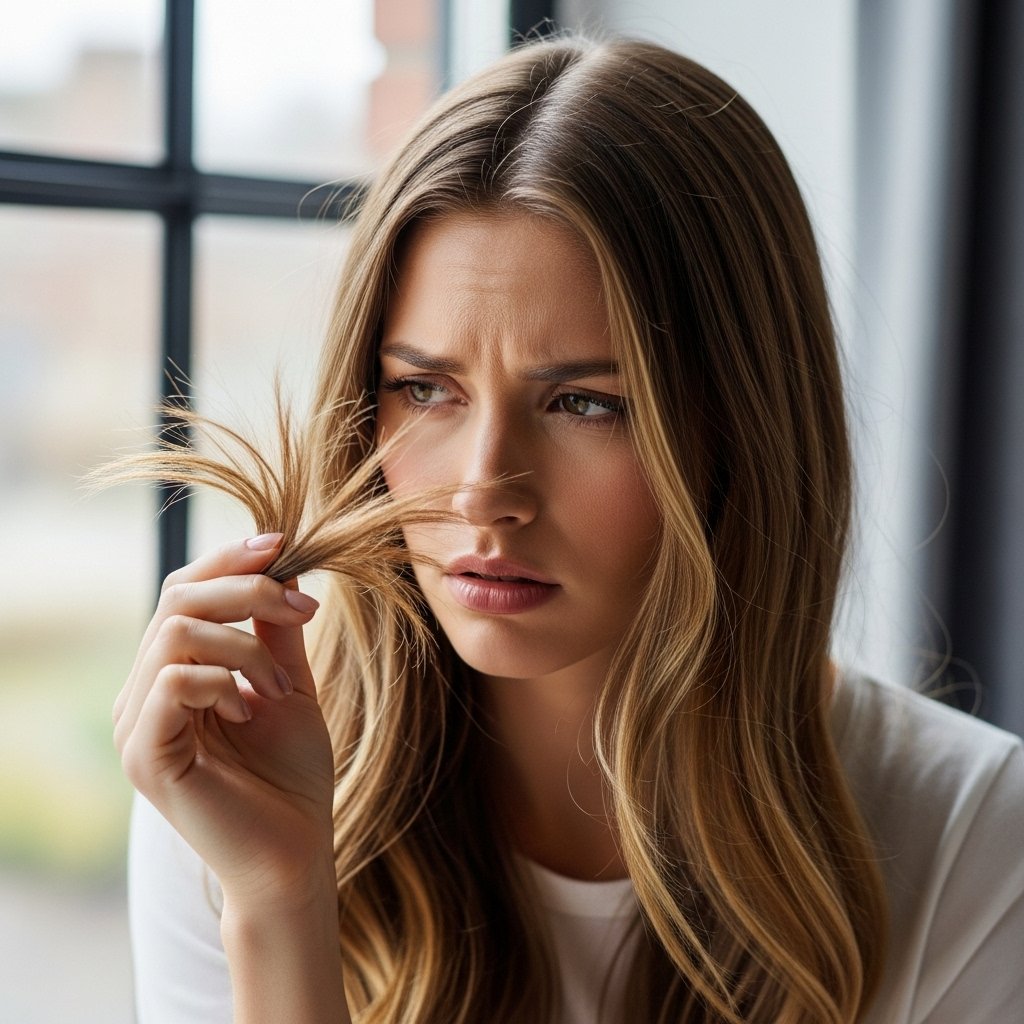
Understanding the root causes of your hair's distress is the first step toward reviving it. This isn't just about slathering on a mask and hoping for the best; it's about creating a holistic routine that nurtures your hair from the inside out. We'll explore everything from foundational at-home care and game-changing professional treatments to gentle styling methods that protect your hair's integrity. By the end of this guide, you'll be equipped with the expert knowledge needed to restore your hair’s health and style it with confidence, proving that a beautiful hair day can be every day, even during recovery.
To effectively repair hair, you first need to understand its structure and how it becomes compromised. Each hair strand is composed of three layers: the medulla (innermost core), the cortex (the middle layer providing strength and color), and the cuticle (the outermost protective layer, resembling overlapping shingles). When hair is healthy, these cuticle scales lie flat, creating a smooth, reflective surface that feels soft and looks shiny. Damage occurs when these scales are lifted, cracked, or stripped away, exposing the vulnerable cortex.

This exposure leads to a cascade of problems. The cortex, now unprotected, loses moisture rapidly, resulting in dryness and brittleness. The hair's internal protein structures (keratin bonds) can break, leading to a loss of elasticity and strength, which manifests as split ends and breakage. There are four main culprits behind this breakdown: chemical damage from color, perms, or relaxers; thermal damage from excessive heat styling; mechanical damage from rough brushing, tight hairstyles, and friction; and environmental damage from UV rays, pollution, and hard water. Recognizing the type of damage your hair has sustained is crucial for choosing the right repair strategy.
A solid at-home care regimen is the cornerstone of any hair repair journey. This is where consistent, gentle care can make a profound difference. It all starts in the shower with your cleansing routine. It's time to break up with harsh, stripping shampoos, especially those containing sulfates, which can strip away natural oils and lift the cuticle further. Opt for sulfate-free, hydrating shampoos or consider co-washing (washing with conditioner only) if your hair is extremely dry and fragile. When you wash, focus the shampoo on your scalp and let the suds gently run down the lengths of your hair, avoiding vigorous scrubbing of the delicate ends.
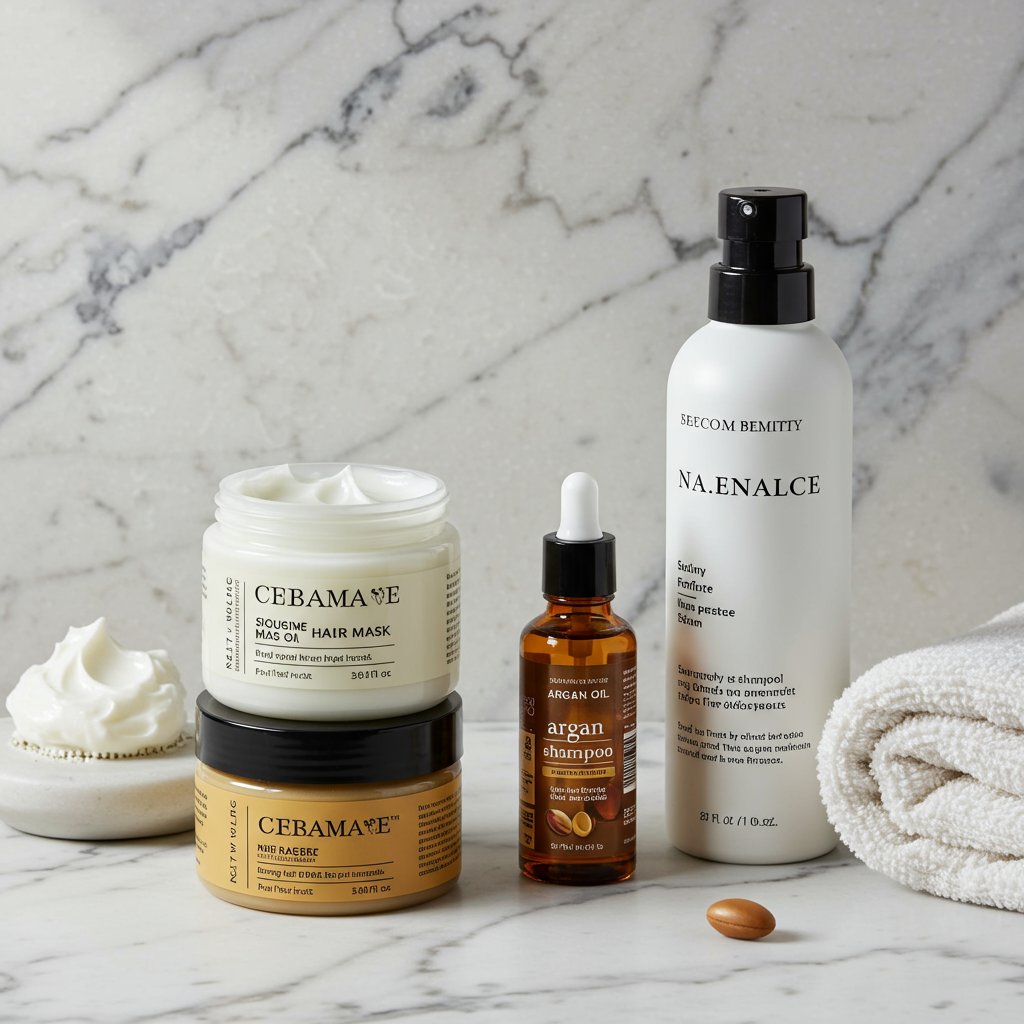
While at-home care is vital, some damage requires the potent, concentrated formulas and expert application available only in a professional salon. These treatments can accelerate the healing process and provide results that are difficult to achieve on your own. Professional deep conditioning treatments, for example, often use higher concentrations of active ingredients and may incorporate heat or steam to help the product penetrate the hair shaft more effectively. An experienced stylist can analyze your hair's specific condition and custom-blend a treatment to address its unique needs, whether it's desperate for moisture, protein, or both.
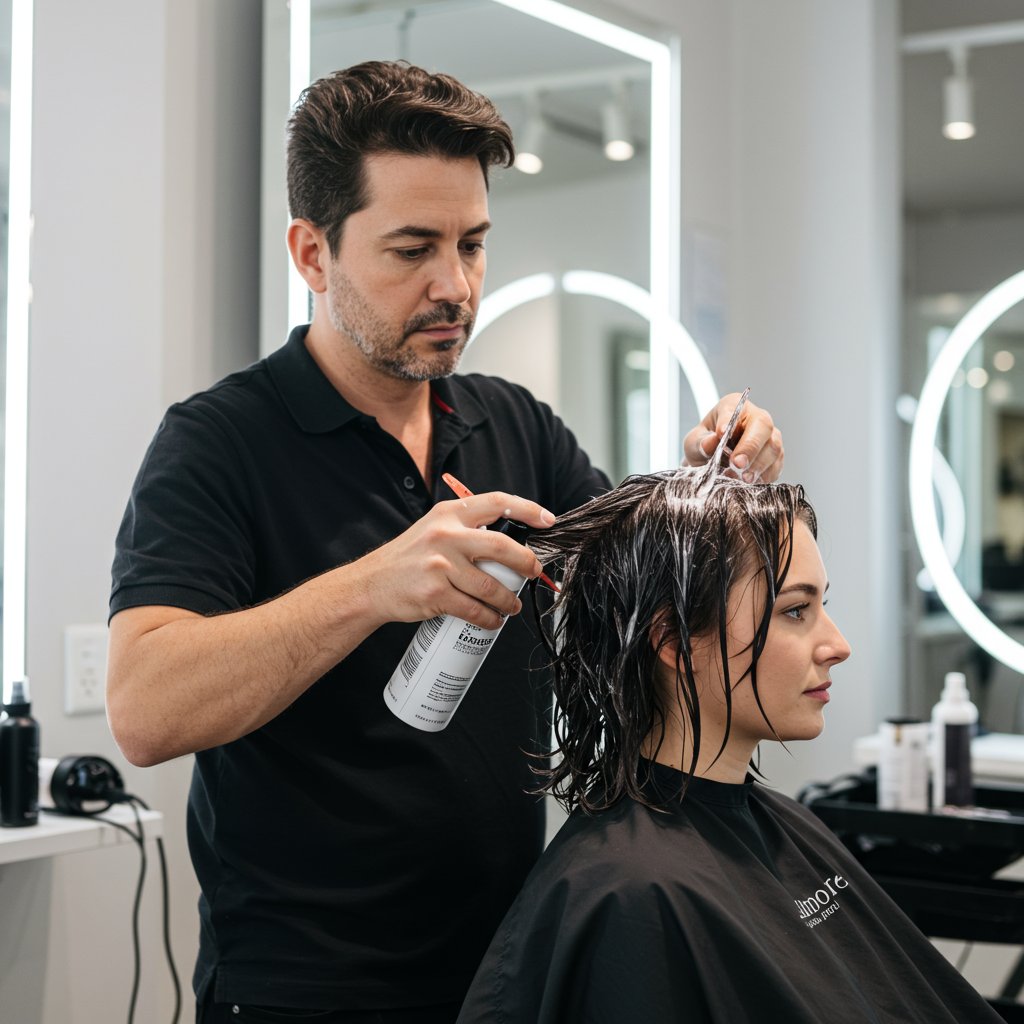
One of the most significant advancements in hair repair is professional bond-building systems. These are often multi-step treatments performed in a salon that can be added to color services to prevent damage or used as a stand-alone service to repair existing damage. By relinking the broken bonds that make up the hair's core structure, these treatments fundamentally restore strength and integrity from the inside out. This isn't just a cosmetic fix; it's a structural repair that leaves hair feeling noticeably stronger, smoother, and healthier. A stylist can recommend the best system for your hair type and damage level.
Finally, never underestimate the power of a professional haircut. While no product can truly fuse split ends back together, a good trim, or a technique called "dusting" (where only the very tips of the hair are snipped off), is the only way to remove them permanently. Eliminating split ends prevents them from traveling further up the hair shaft and causing more breakage. Regular trims every 6-8 weeks are crucial for maintaining the health of your hair as it recovers and grows.
How you handle and style your hair daily can either support its recovery or set it back. For damaged hair, the golden rule is to be as gentle as possible. This starts right after washing. Instead of rubbing your hair vigorously with a rough cotton towel, gently squeeze out excess water with a soft microfiber towel or an old t-shirt. This minimizes friction and prevents the already-raised cuticles from becoming more frayed. When detangling, always use a wide-tooth comb or your fingers, starting from the ends and working your way up to the roots. Never rip or pull through knots.
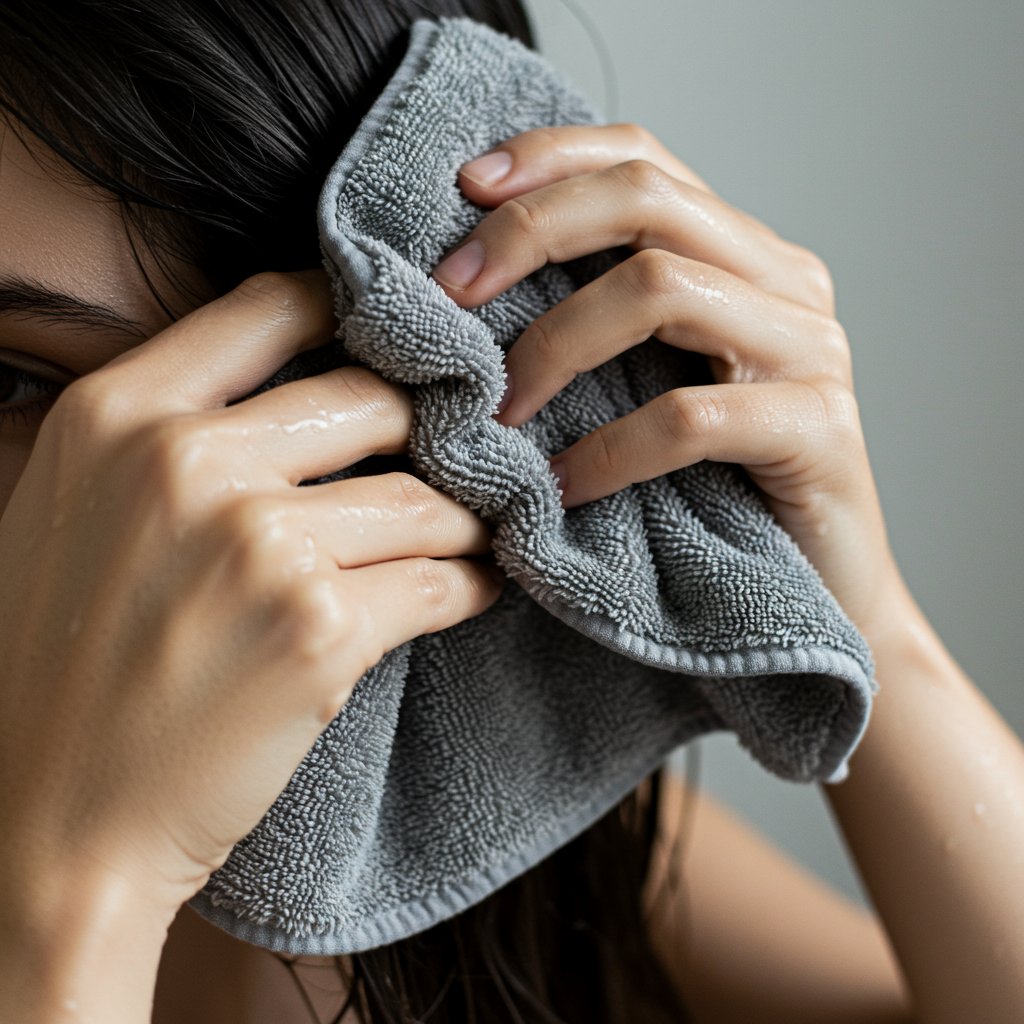
When it comes to repairing and styling damaged hair, the products you use are just as important as the techniques. The right styling products can protect your hair, improve its appearance, and even contribute to its long-term health. As mentioned, a heat protectant is the most critical product in your arsenal if you use any hot tools. Look for formulas that offer protection up to 450°F (232°C) and contain nourishing ingredients.
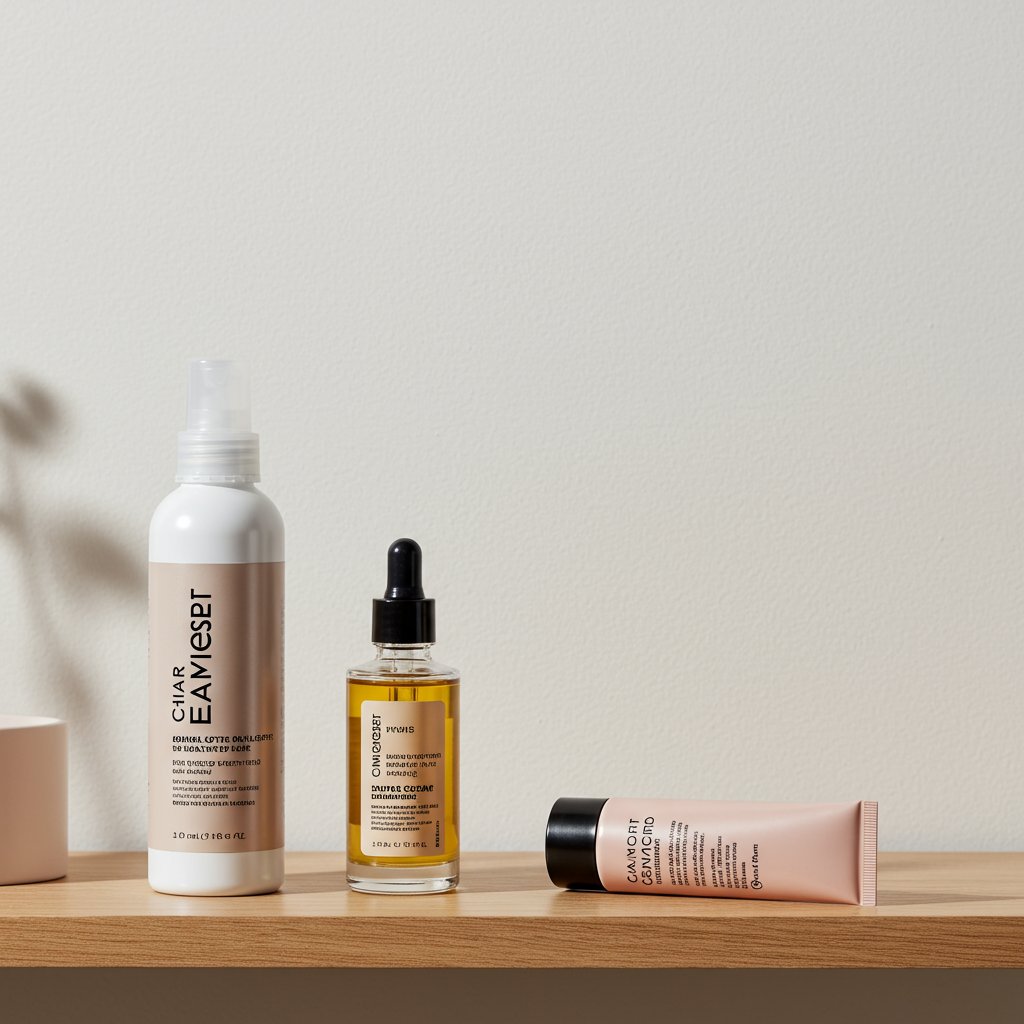
A good hair serum or oil is another essential. These products are designed to seal the hair cuticle, which is crucial for damaged hair with a rough, raised surface. Sealing the cuticle helps to lock in moisture, reduce frizz, add shine, and provide a smooth finish. Apply a small amount to the mid-lengths and ends of damp or dry hair. Look for lightweight, non-greasy formulas containing ingredients like argan oil, jojoba oil, or marula oil. Be careful not to over-apply, as too much can weigh the hair down.
For hold and definition, choose styling products that are free from drying alcohols. Many traditional hairsprays and mousses contain short-chain alcohols that can dehydrate fragile strands. Instead, opt for lightweight styling creams, lotions, or alcohol-free mousses that provide soft, flexible hold while also conditioning the hair. These products can help you create your desired style without the stiff, crunchy feeling that often comes with high-alcohol formulas, ensuring your hair looks and feels soft and healthy.
Protective styling is a key strategy for minimizing daily wear and tear on recovering hair. The goal of a protective style is to tuck away the ends of your hair, which are the oldest and most fragile parts, protecting them from friction against clothing, environmental stressors, and mechanical manipulation. This gives your hair a break and allows it to retain moisture and length more effectively. Simple, elegant protective styles can be worn daily and for special occasions.

Effective protective styles don't have to be complicated. A loose, low bun secured with spin pins or gentle hair ties is a classic option. A simple braid or a French twist can keep hair contained and protected. When creating these styles, the key is to avoid tension. Hairstyles that are too tight can pull on the hair follicles, leading to a type of hair loss called traction alopecia, and can cause breakage along the hair shaft. Ensure your styles are loose enough that you feel no pulling or discomfort at the scalp.
At night, protective measures are just as important. Sleeping on a cotton pillowcase can cause significant friction, leading to tangles, frizz, and breakage. Switch to a silk or satin pillowcase to provide a smooth, slippery surface for your hair to glide over. Alternatively, you can wrap your hair in a silk or satin scarf or bonnet before bed. This simple change can dramatically reduce morning tangles and protect your hair's cuticle while you sleep, ensuring you wake up with smoother, more manageable hair.
While the journey to healthy hair is a marathon, not a sprint, there are several small changes you can incorporate for immediate and cumulative benefits:


Repairing and styling damaged hair is a journey of patience, consistency, and gentle care. By understanding the nature of the damage and implementing a multi-faceted approach that includes nourishing at-home routines, powerful professional treatments, and mindful styling practices, you can restore your hair's health, strength, and shine. Remember that healthy hair is the best foundation for any style, and protecting its integrity should always be the top priority.

Every person's hair is unique, and what works for one may not work for another. For a truly personalized recovery plan, consulting with an experienced hairstylist is invaluable. A professional can accurately assess your hair's condition, recommend the most effective treatments and products for your specific needs, and provide a haircut that removes damage while creating a beautiful, manageable style. Embrace this process as an act of self-care, and you'll soon be on your way to the healthy, gorgeous hair you deserve.
Download our app to instantly see how you'd look with any hairstyle or color
Get the App
12 min read

12 min read

14 min read